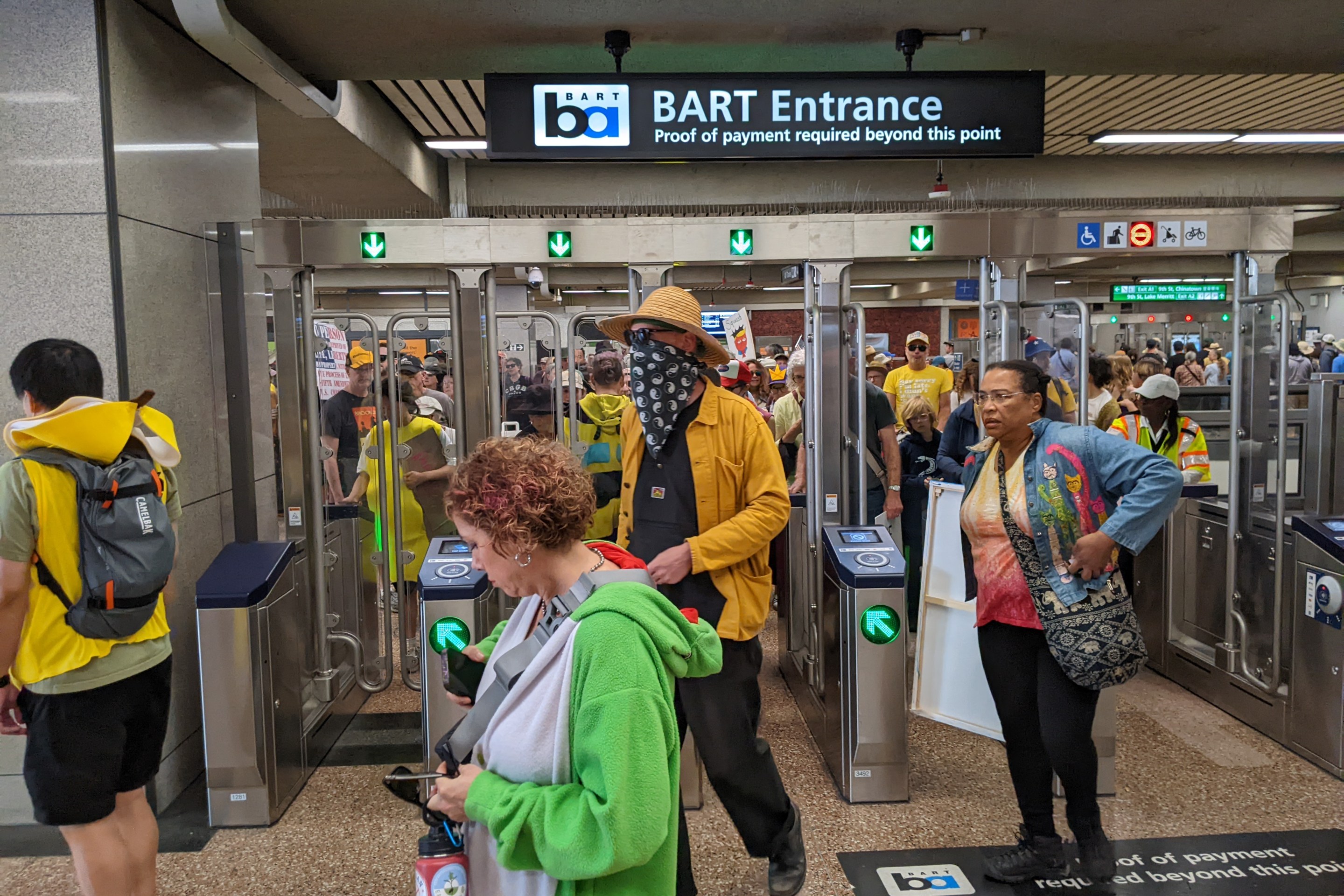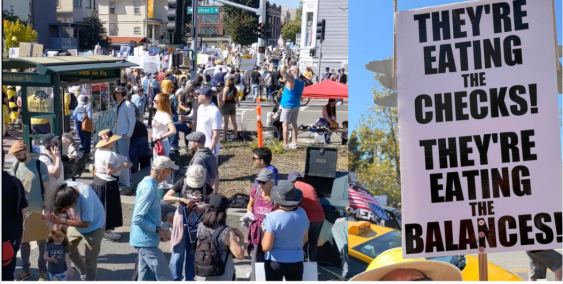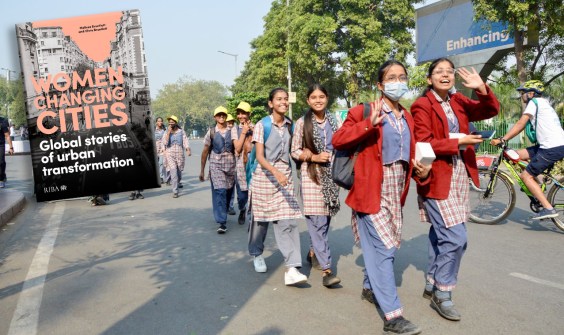With the release of its first-ever pedestrian plan last week, the city of Chicago is starting to make good on its promise to make pedestrian safety a major priority.
Our friends at Grid Chicago are delving into all the details and taking a look at some specific recommendations that could help improve streets for the Windy City's walkers. A lot of these ideas look like good things for any city to consider.
Today Steven Vance looks at the recommendation for "skinny" neighborhood streets -- where, and in what form, they might be appropriate.
Tool: Skinny streets, page 29: What it says: “After the severe winters of 1978 and 1979, many of Chicago’s streets were converted from two-way to one-way to improve mobility during the winter and to allow plows to go through. However, two-way streets have many advantages over one-way streets. These ‘skinny streets’ reduce vehicle speeds and can also increase connectivity for all users by providing more ways to traverse the city’s grid. Skinny streets should be considered on all one-way streets that are wider than 30 feet.”
Haddon Avenue from Western Avenue to California Avenue in the Humboldt Park neighborhood is a prime candidate for conversion. I asked Joshua and Carolyn Koonce, who live in this stretch, about their street, to tell me more about the conditions there. Before being repaved, you could see the yellow center line that indicated it used to be a two-way street.
Here's what the couple had to say:
Speed is the main concern. The width of the street and the low speed-humps make anything resembling “neighborhood” speed rare. Drivers build up speed coming from Western, headed to California, often disregarding stop signs as well. If there was a speed camera here we wouldn’t be surprised if drivers routinely hit 40+ mph. The road becomes an easy, fast westbound alternate to Division.
Sounds like a good early project for the city of Chicago. A few rain gardens, some curbside permeable pavers and a reduction to one travel lane would do the trick, Vance thinks.
Elsewhere on the Network today: Charlottesville Tomorrow reports that the University of Virginia is not too keen about having an interchange of the "Western Bypass" near campus. Portland Afoot offers new evidence showing that TriMet's most recent fare hike may have been unnecessary. And Stop and Move comments on the slow but steady growth of Boston's Hubway bike-share.






